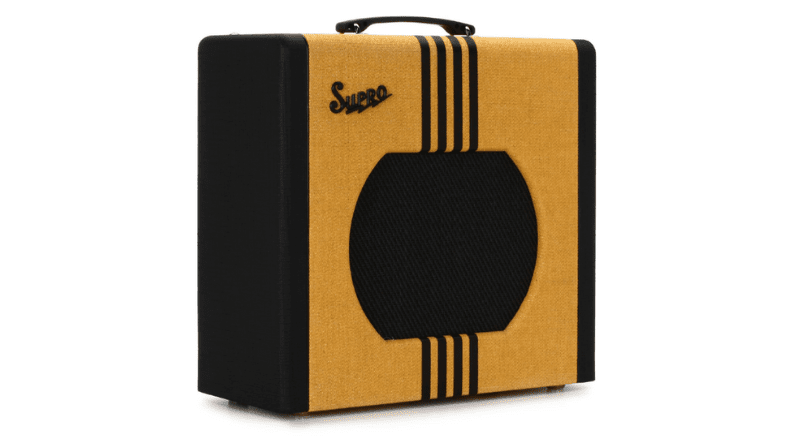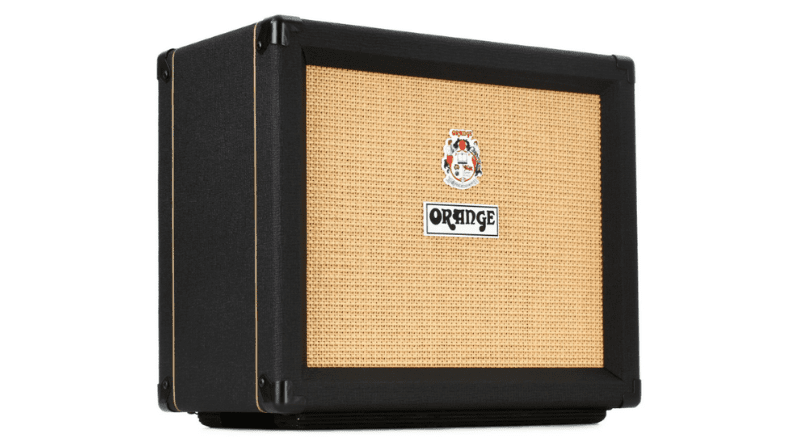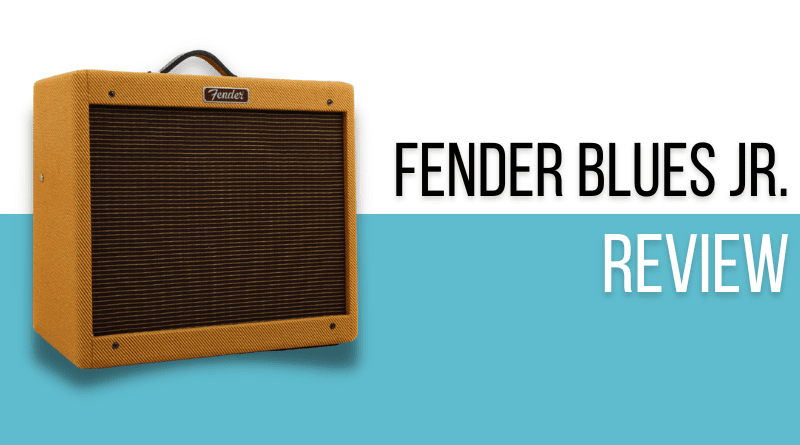Fans of Fender amps often dream of owning original ‘50s models, and it’s no wonder. Fender’s early amps are now some of the most sought after amplifiers in the world, mostly because of their ties to early authentic rock tones.
The big problem is that these amps are now prohibitively expensive. Fortunately, in 1990, Fender came up with a solution – a small, all tube amp, built with the aim of reproducing those classic ‘50s and ‘60s blues and rock tones. They called it, the Fender Blues Jr.
The Fender Blues Junior has grown to be one of the most popular amps on the market, and for good reason: it looks and sounds great, it’s quite affordable when you consider what you’re getting, and it’s incredibly versatile.
In this KillerGuitarRigs Review, we got hands on with one of the most popular iterations of the Fender Blues Jr, the Blues Jr. III. If you’re looking to learn more about these fantastic amps, you won’t want to miss this!
Contents
Who Is It For?
The Fender Blues Jr III is an ideal amp for almost all guitarists. It’s relatively compact, making it highly portable, and it’s well equipped enough in terms of components and hardware to deliver the right performance for demanding pros.
Whether you’re a beginner looking for a top quality practice amp, a recording artist looking for killer clean tones in the studio, or a gigging musician looking to mic up an amp in a live setting, the venerable Blues Jr. can do it all.
We also highly recommend this amp for pedal users. It has enormous headroom, which ensures no negative coloration of pedal tones, and lets the FX do the hard work.
Appearance / Features / Controls
The most striking thing about this amp was its lacquered tweed coating. It gave it a really authentic vintage vibe, and really helps it to stand out. The one downside to the tweed, of course, is the light color. If you’re planning to gig with it in dive bars and the like, there’s a good chance it will end up dirty, quickly.
The amp itself is made in Mexico, alongside Fender’s Mexican made guitars. We found that it was solidly built, though, with clear attention to detail throughout. It was rated to 15 watts, giving it enough power for small gigs, while still keeping it useable for practice purposes.
Its preamp stage was comprised of 3 12AX7 tubes, and it had 2 EL84s in the power amp. The EL84s even had shock absorbers to help reduce rattle; we did find this feature to be quite effective.
To move air, it was supplied with a single 12” Jensen C12-N. This was a popular model during the original Fender Blackface era, so it really helped to contribute to the authentic vintage Fender tones.
As for extra features, it had an awesome genuine spring reverb. We really believe there’s no replacement for genuine springs in a reverb, especially when trying to get truly authentic tones, so this was well received. Additionally, it had a “Fat Boost” switch, which allowed us to toggle on or off the cathode bypass capacitor in the 12AX7 stage.
Finally, for sound shaping, it had a 3 band EQ, plus volume and master volume controls.
One thing we would have liked to have seen construction-wise is corner protectors. Again, the tweed is likely to take damage, particularly around the edges, and metal corner protectors would go a long way to preventing this.
Performance / Sound
Like almost all Fender amps, the Blues Jr had an enormous amount of clean headroom. Players looking for serious overdrive or distortion won’t find any with this amp. Even with the volume and master volume controls dimed, it produced at best a mild to moderate (yet still ear pleasing) crunch tone.
Until around noon on the volume control, the Blues Jr gave us the glassiest cleans, so while it didn’t produce much overdrive on its own, when paired with a Tube Screamer, it really wailed.
The exceptional clean performance also allowed us to really hear the sound shaping effects of the 3 band EQ. Overall, it was a relatively warm amp, with a good amount of depth and richness to the tone. However, playing with the treble resulted in a palpable difference in top end shimmer. With the treble set to around 1 ‘o’ clock, we got some gorgeous sparkle without thinning out the overall sound too much.
We also spent some time experimenting with the Fat Boost switch, too. With the Fat switch set to on, we got a warmer, more harmonically rich tone, with a bit more punch and volume. When the Fat Boost was off, the amp became noticeably cleaner and quieter.
The Spring Reverb was another feature we really liked with the Blues Jr., although we did find that it was best used in moderation. With the dial set to between 3 and 4, we got (in our opinion) the optimal sound. Beyond that, we found that the amp sounded too busy.
With the amp kept intentionally clean and a pedal board running through, we found that it was a very strong performer. It really let the natural character of the FX shine through, which is another reason that this amp is a strong favorite for use in the recording studio.
Alternatives
If you’re not quite sold on the Fender Blues Jr, we have some excellent alternative suggestions that might just fit the bill:
Supro Delta King 12

The Supro Delta King 12 is a KGR favorite thanks to its gritty, bluesy tone (full review here). If you’re in the market for a 15 watt tube amp, but you’re looking for something with a little more crunch than the Fender, this is a great choice. Not only is it one of the coolest looking amps on the market, but it’s also extremely dynamic. It features FET driven boost, and a Pigtronix FAT high gain mode, both of which can be activated to provide huge crunch at more sociable volumes, and like the Fender, it has a genuine spring reverb. Plus, it even features a direct line out, giving you the opportunity to record or plug straight into FOH without a mic.
Orange Rocker 15

If you’re looking for serious crunch from a smaller tube amp, the Orange Rocker 15 is a great place to start. Offering searing high gain performance and tones that range from mild rock to serious chug, the Rocker is a real weapon for practice, live performance, and studio use alike. It features power attenuation for organic tones at bedroom volumes, and even an FX loop to preserve pedal tones, even with the volume cranked.
Final Thoughts on the Fender Blues Jr III
We really enjoyed our time with the Fender Blues Jr III. While it’s not a groundbreaking amp by any means, it delivers the classic Fender sound at a pretty reasonable price point. It works well for a wide range of players thanks to its excellent high volume cleans. We loved the glassy natural tones, and we were blown away by its pedal performance – even with an 8 pedal board running it was composed and clear, and ultimately an amp we’d be happy to recommend.


